Overview
Pocket knives have significantly influenced modern tool design through their compactness, multifunctionality, ergonomic features, and aesthetic appeal. Their historical significance and cultural connections have shaped how tools are marketed today, while innovations in materials and technology continue to evolve their legacy. As we move forward, the principles established by pocket knives will guide future designs in ensuring functionality, safety, and sustainability.
Frequently Asked Questions
1. What is the historical significance of pocket knives?
2. How have pocket knives influenced modern tool design?
3. What are some key features of pocket knives that are reflected in modern tools?
4. What role do aesthetics play in tool design, influenced by pocket knives?
5. How do cultural aspects associated with pocket knives affect modern tool marketing?
Throughout history, tools have evolved in response to human needs, but few items have had as profound an impact on tool design as the humble pocket knife. With their compact size, versatility, and practicality, pocket knives have not only been essential tools for everyday tasks but have also inspired modern tool-making across various industries. In this blog post, we’ll delve into how pocket knives have influenced the designs of contemporary tools and the elements that make them enduringly popular.
The Origins of Pocket Knives
Before exploring their influence on modern tool design, it’s essential to understand the origins of pocket knives. These pocket-sized tools date back to ancient civilizations, where craftsmen utilized them for a variety of tasks. By the late 18th and early 19th centuries, pocket knives had evolved into a more standardized form, often featuring folding blades that made them both portable and safer to carry.
The design innovations introduced with pocket knives laid a foundation that would inform the development of many modern tools that we use today.
Compact Design and Portability
One of the most significant contributions of pocket knives to tool design is their emphasis on compactness and portability. Keeping tools smaller and lighter allows users to carry them effortlessly, allowing for more efficient outdoor work or daily tasks. This design philosophy has influenced a variety of modern tools beyond knives, including multitools, flashlights, and even kitchen gadgets.
Functionality in Compact Packages
Much like pocket knives were once crafted to include multiple functions, modern tools increasingly focus on providing several features in one compact design. For example, tools with built-in screwdrivers, bottle openers, or scissors take cues from the multimodal capabilities of pocket knives. Users today demand versatility from their tools, and designs continue to reflect that need for multifunctionality.
The Aesthetic Influence of Pocket Knives
Beyond their practical uses, pocket knives have also left an indelible mark on the aesthetics of tool design. Their classic shapes and materials have inspired an entire genre of tool design that embraces both form and function. In an age where presentation matters, manufacturers are acutely aware that the appearance of a tool can significantly impact buyer appeal.
Materials and Craftsmanship
The materials used in pocket knives—often featuring stainless steel blades, wooden or synthetic handles, and decorative elements—have influenced the aesthetics of modern tools as well. Today's markets are booming with tools that emphasize premium materials and craftsmanship, melding functionality with elegance.
User-Centric Design
As pocket knives have evolved, so has the understanding of ergonomics in tool design. Pocket knives must be comfortable for users to hold and operate, particularly when tasks become time-consuming or challenging. This user-centric design philosophy has become paramount in the development of modern tools.
Grips and Handles
Modern tools increasingly employ advanced ergonomic designs that enhance comfort and reduce strain during use. Manufacturers examine how users interact with tools, taking inspiration from the handle designs of pocket knives to ensure a better grip and improved control, especially over prolonged periods of use.
Safety Features Inspired by Pocket Knives
Safety is a vital consideration in the design of any tool, and pocket knives have taught valuable lessons in this regard. While their folding mechanisms inherently provide protection for users, the lessons learned from these designs have gone on to shape the safety features of other modern tools.
Locking Mechanisms
The locking mechanisms of pocket knives are pivotal for safety, preventing accidental blade openings and potential injuries. They have inspired modern tools to incorporate similar safety features that minimize risks associated with usage. This focus on user safety continues to enhance the way tools are designed and marketed.
The Role of Cultural Significance
Pocket knives also carry a rich cultural significance, often being associated with craftsmanship, tradition, and adventure. Their place in popular culture has further influenced the design and marketing strategy of contemporary tools. By tapping into the deep-seated emotional connections people have with pocket knives, modern tools can evoke nostalgia and a sense of reliability.
Storytelling in Branding
Brands have begun to incorporate storytelling into their marketing strategies, much like the narratives surrounding pocket knives. This approach not only showcases the practicality of the tools but also highlights the craftsmanship and tradition behind them. Connecting emotionally with customers by telling stories about the significance of a tool helps to build brand loyalty and drives engagement.
The Impact of Technology
The intersection of technology and traditional design principles in pocket knives has paved the way for innovations that benefit modern tools. Today, advances in materials technology and manufacturing techniques allow for lighter, stronger, and more efficient tools that carry the legacy of pocket knives into the future.
Smart Tools and Integration
The advent of technology has ushered in a new era of tool design. Many modern tools now incorporate smart technology, offering features like automatic measurements or Bluetooth connectivity. These advancements draw inspiration from the user-friendly nature of pocket knives, which have always balanced complexity with simplicity.
Longevity and Timelessness of Pocket Knife Design
Despite technological advances, the fundamental design principles of pocket knives have remained relevant. Their robust, simple, yet innovative designs ensure that they can withstand the test of time, influencing various sectors, from camping gear to culinary tools.
Enduring Popularity and Collectibility
Many enthusiasts collect pocket knives, appreciating their craftsmanship and history. This culture of collectibility translates to modern tools, where limited editions and collaborations draw collectors and users alike, echoing the same appeal that pocket knives have generated over the years.
Looking Forward: The Future of Tool Design
As we look toward the future, the lessons learned from pocket knives will continue to influence the design of not only knives but multifunctional tools as well. Innovators in tool design can glean valuable insights from the history and evolution of pocket knives, ensuring they create solutions that meet the changing needs of consumers while maintaining a focus on ease of use, safety, and aesthetics.
Embracing New Materials and Sustainability
With increasing awareness of sustainability and environmentally friendly products, future tool designs will likely incorporate materials and practices that respect both the user and the environment. Pocket knives can serve as a model, with their minimal wastefulness and durability setting a standard that the industry can strive to meet.
Celebrating the Legacy of Pocket Knives
In conclusion, pocket knives are not just tools for cutting; they are a testament to human ingenuity and adaptability. From their compact design and functional versatility to their influence on modern tool aesthetics and safety features, pocket knives have significantly shaped the way we think about tool design. As we forge ahead, it’s clear that the legacy of pocket knives will continue to inspire generations of craftsmen, designers, and tool enthusiasts alike. The blend of history, functionality, and culture encapsulated in pocket knives serves as a reminder of the remarkable journey of tool design and the ingenuity behind every tool we use.



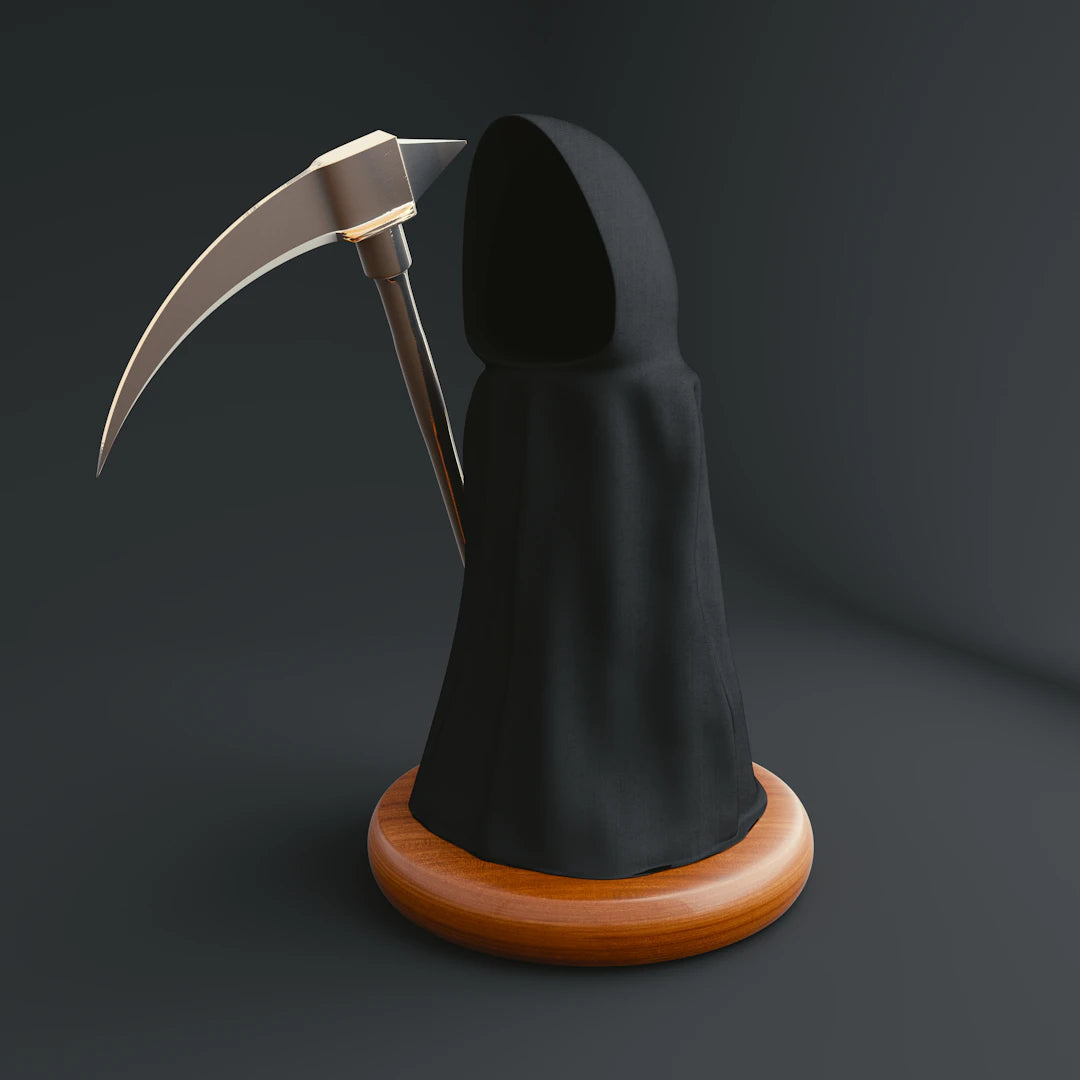
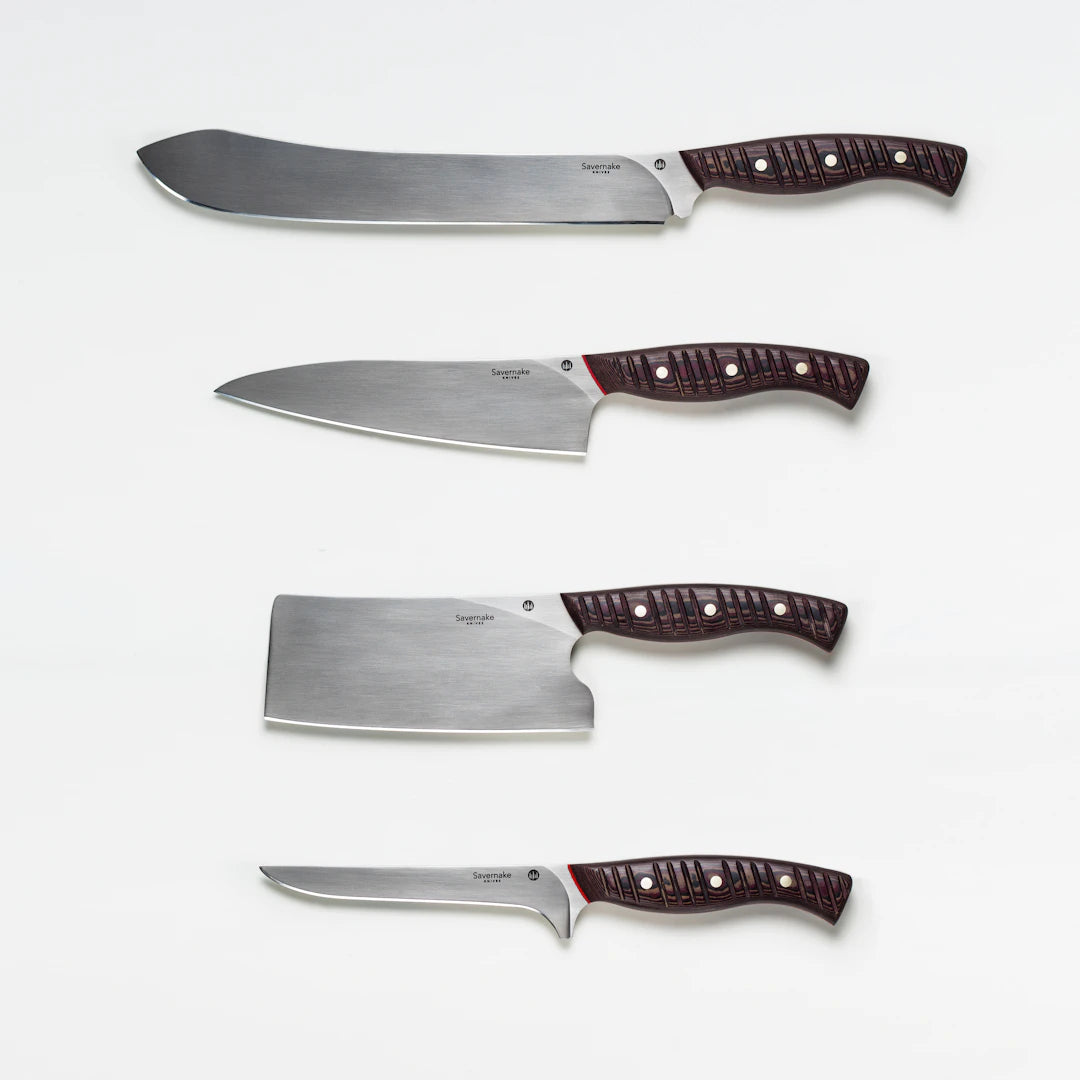
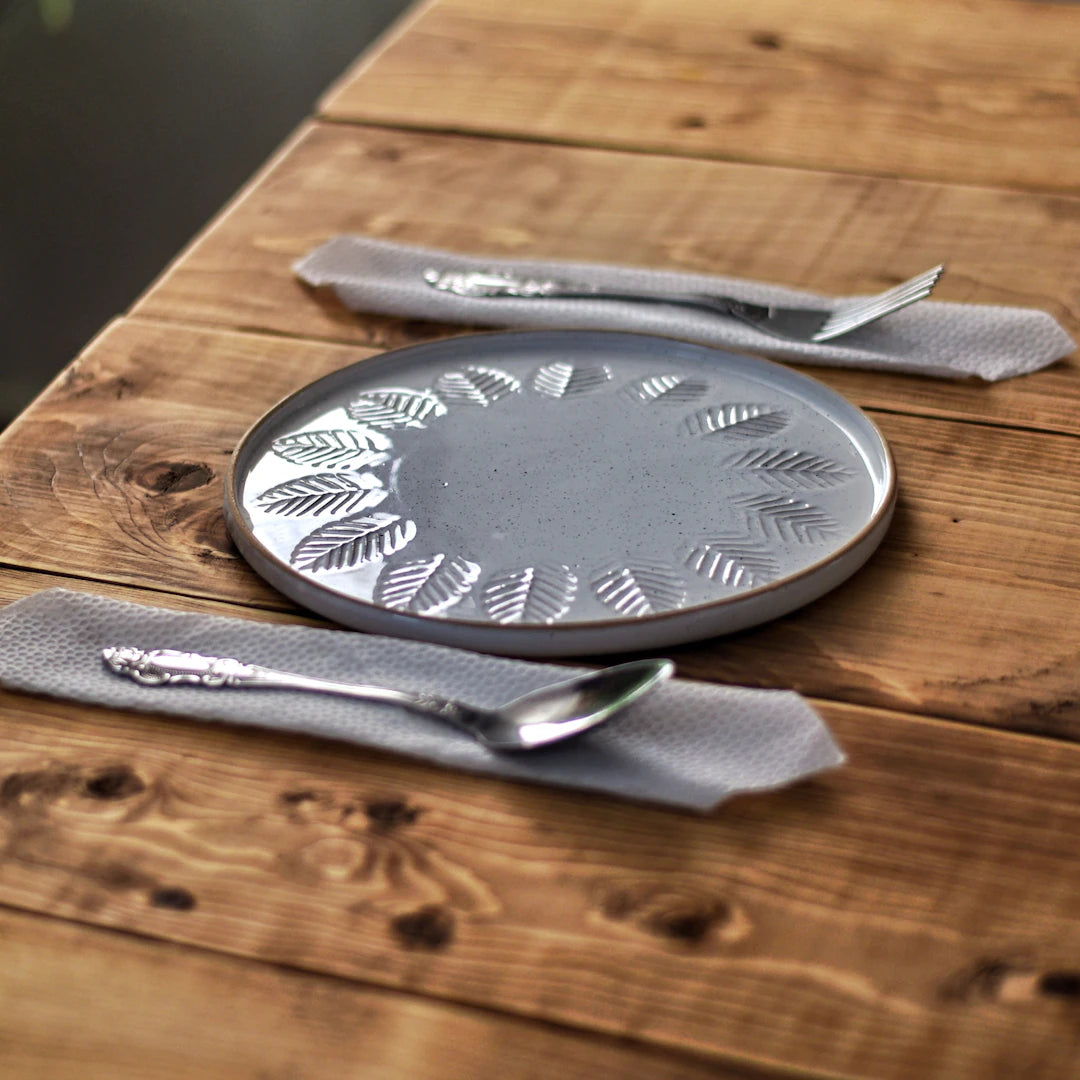

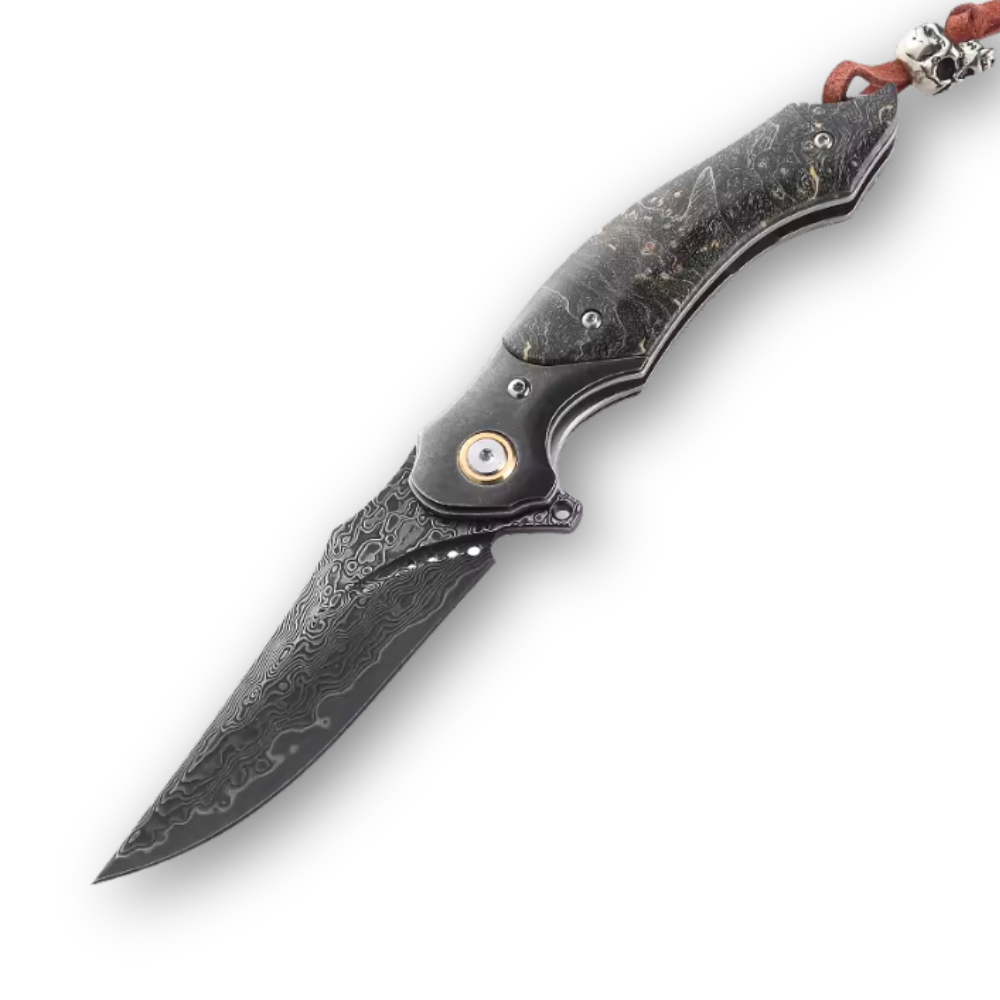
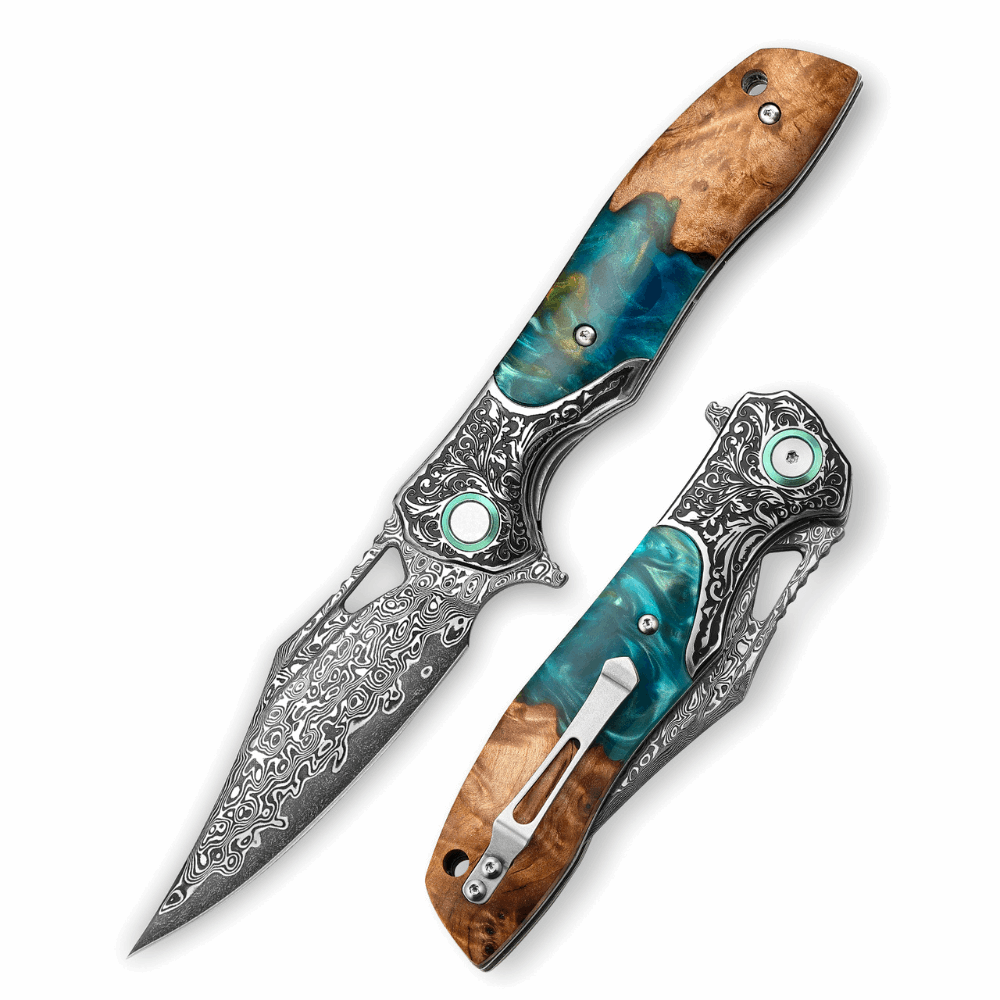
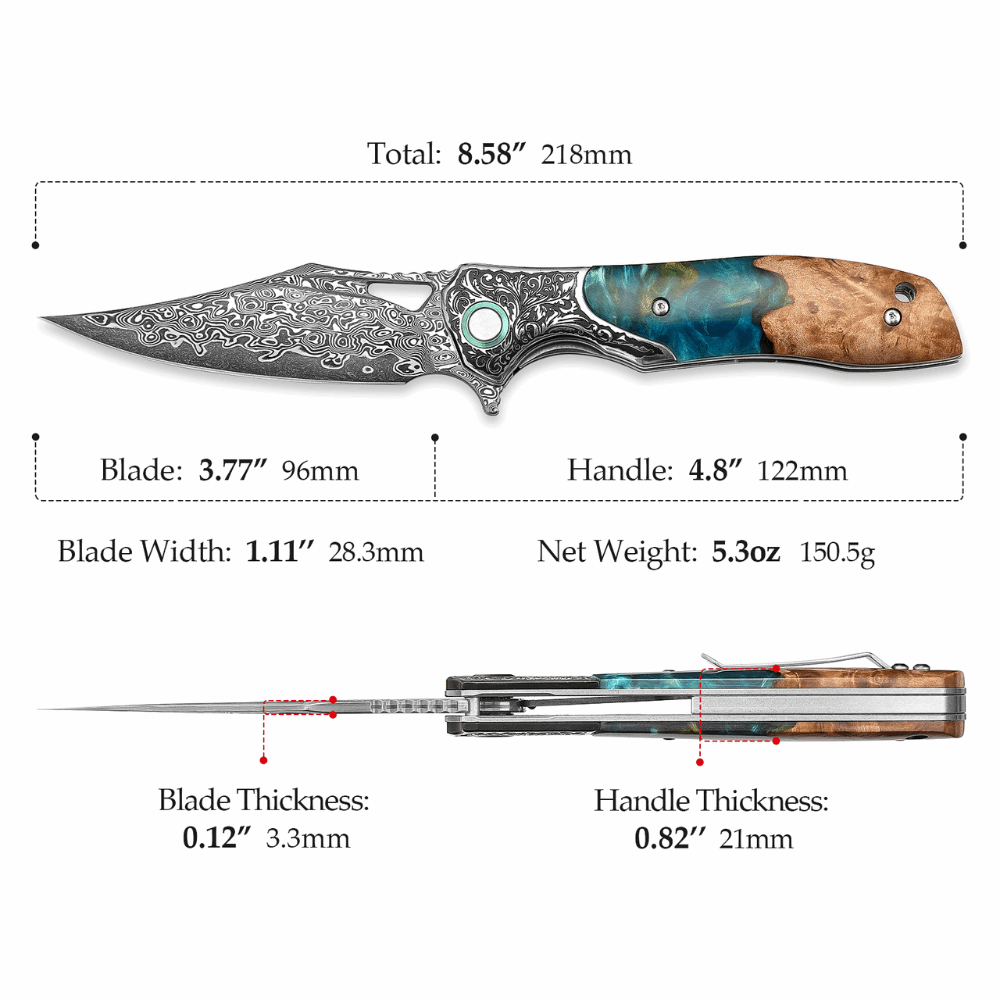
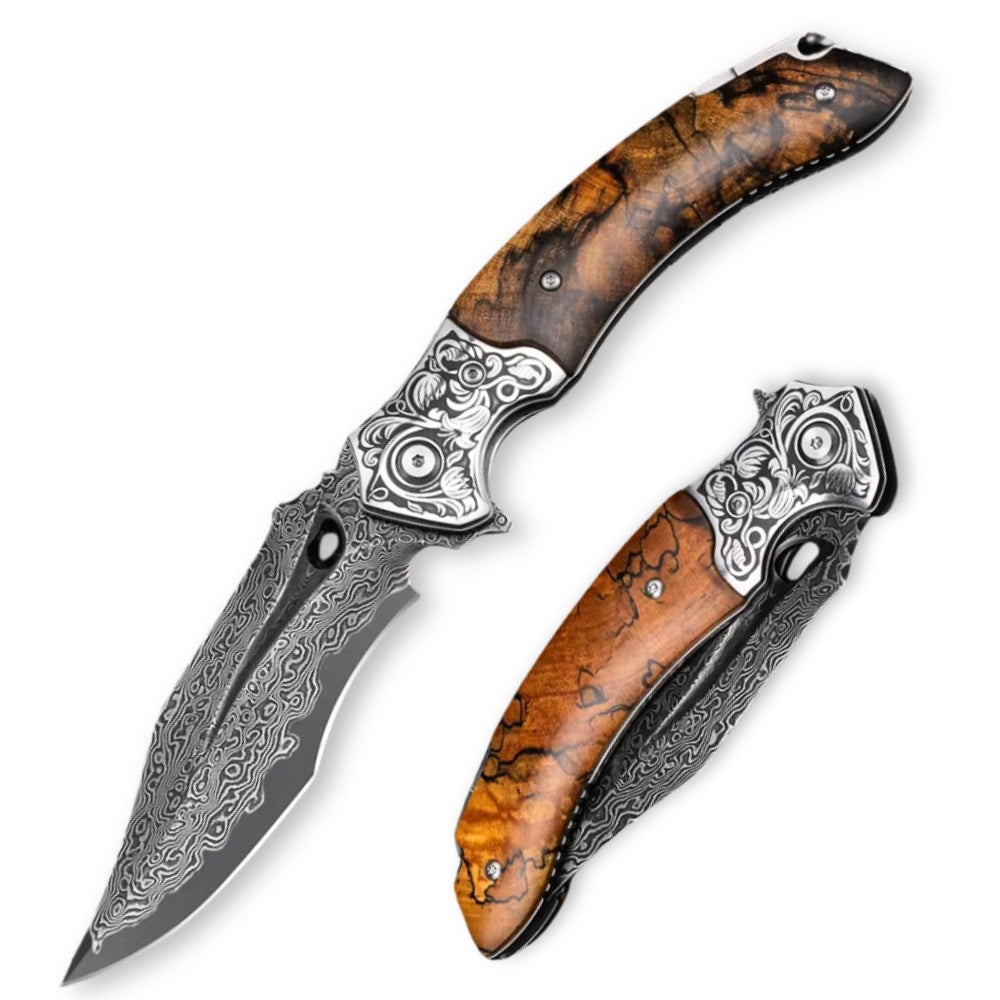
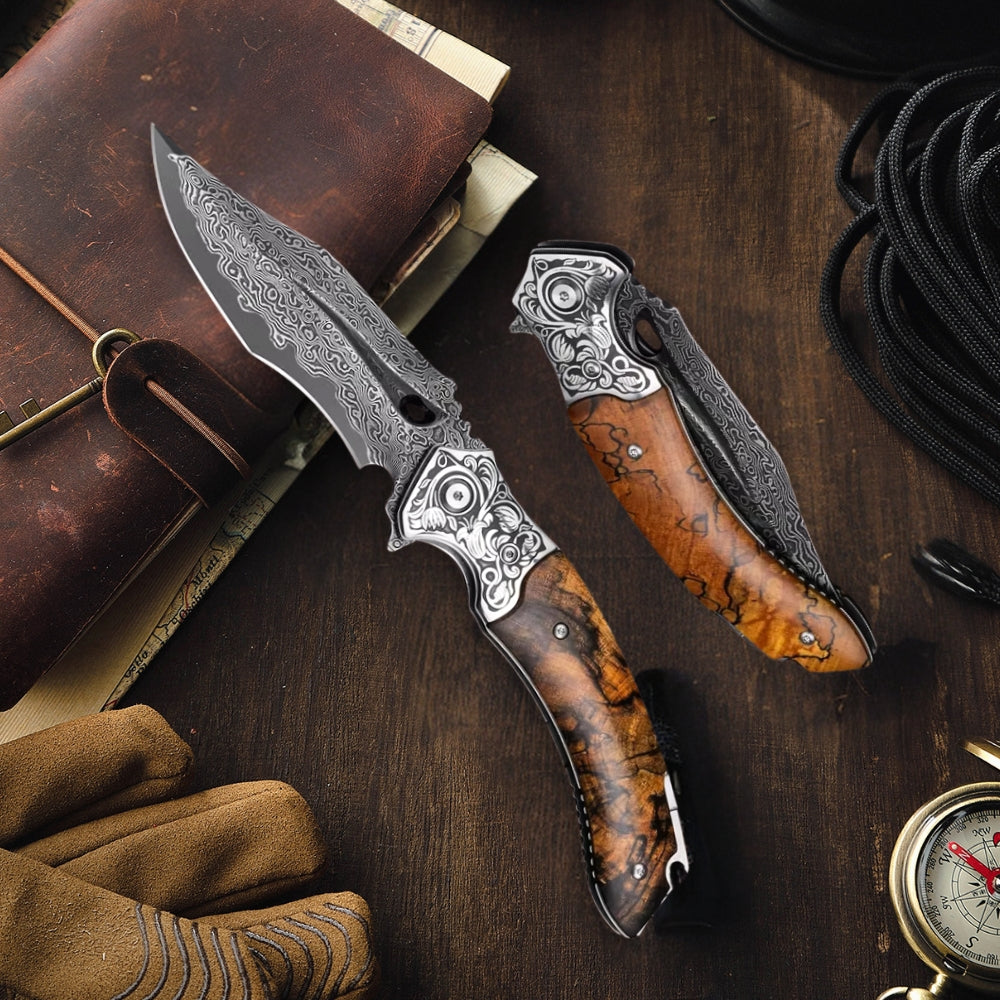
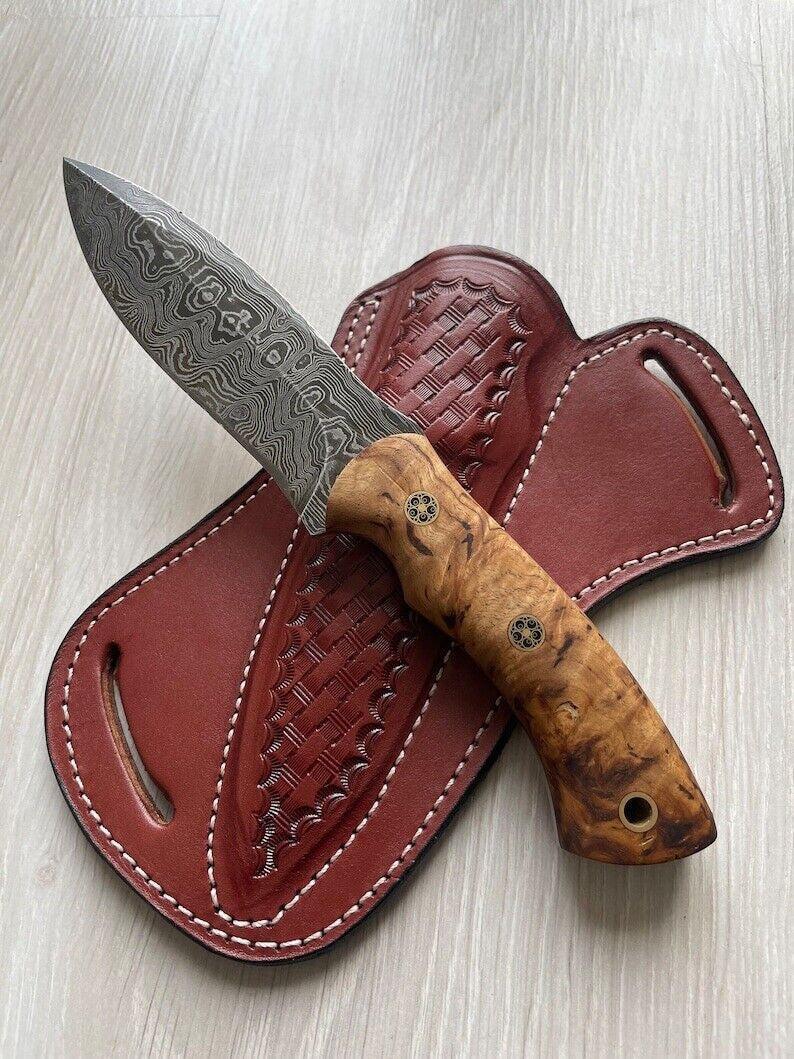
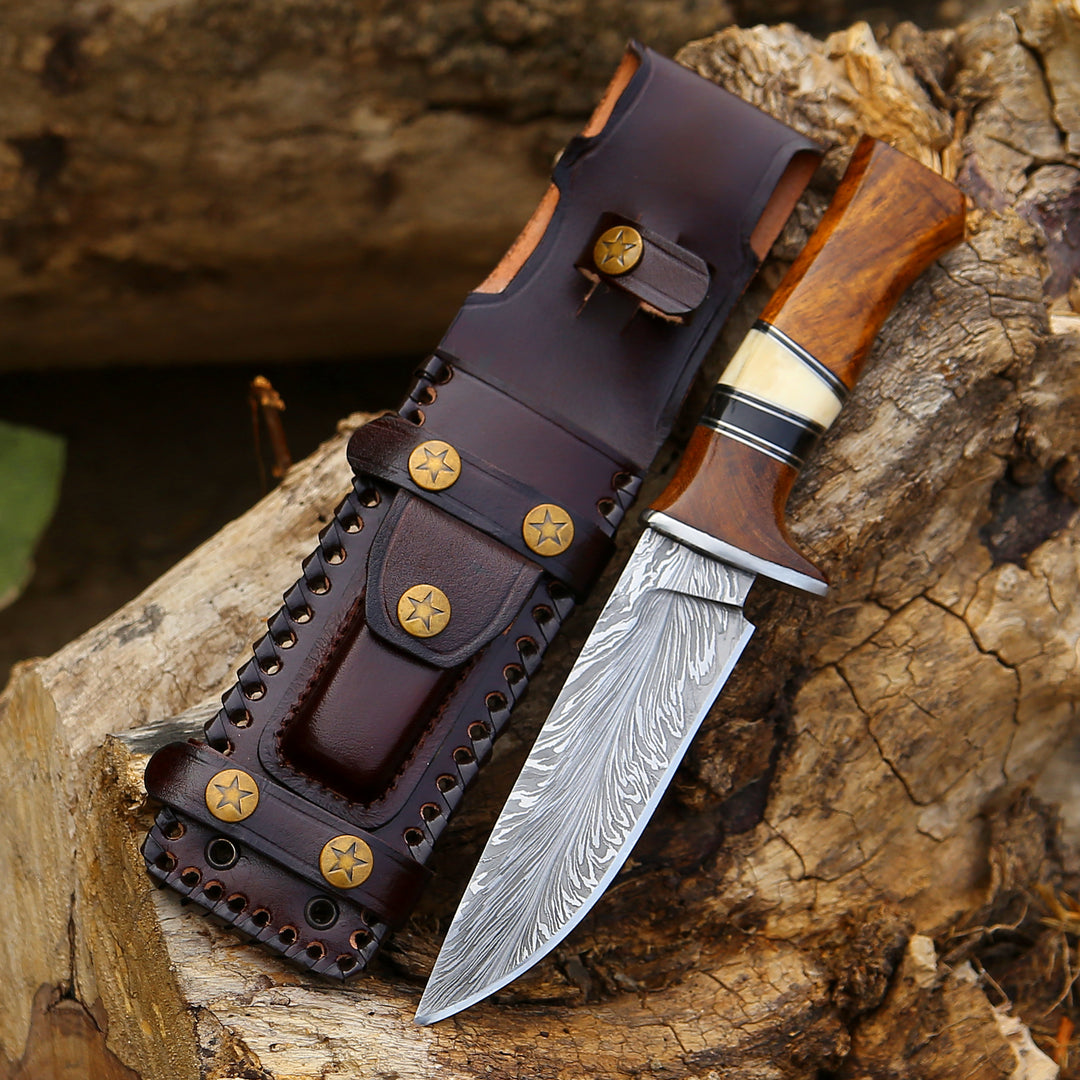
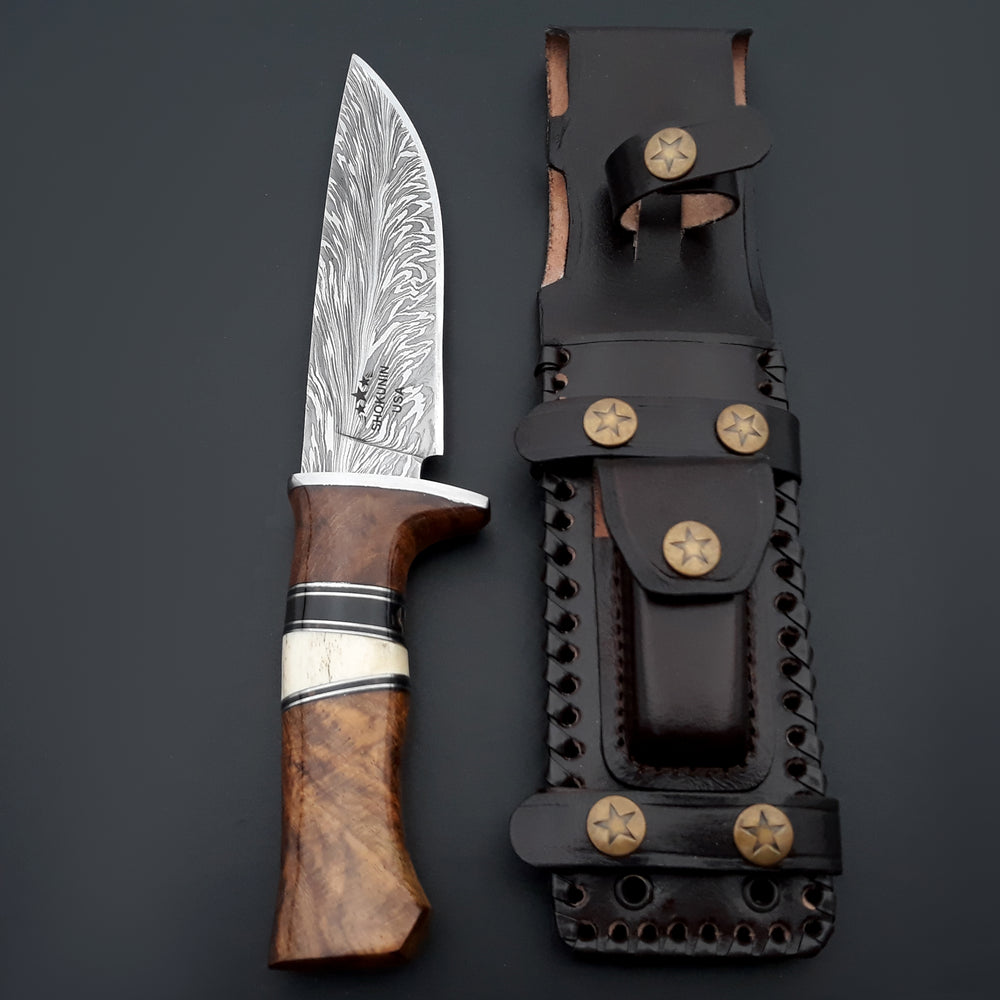
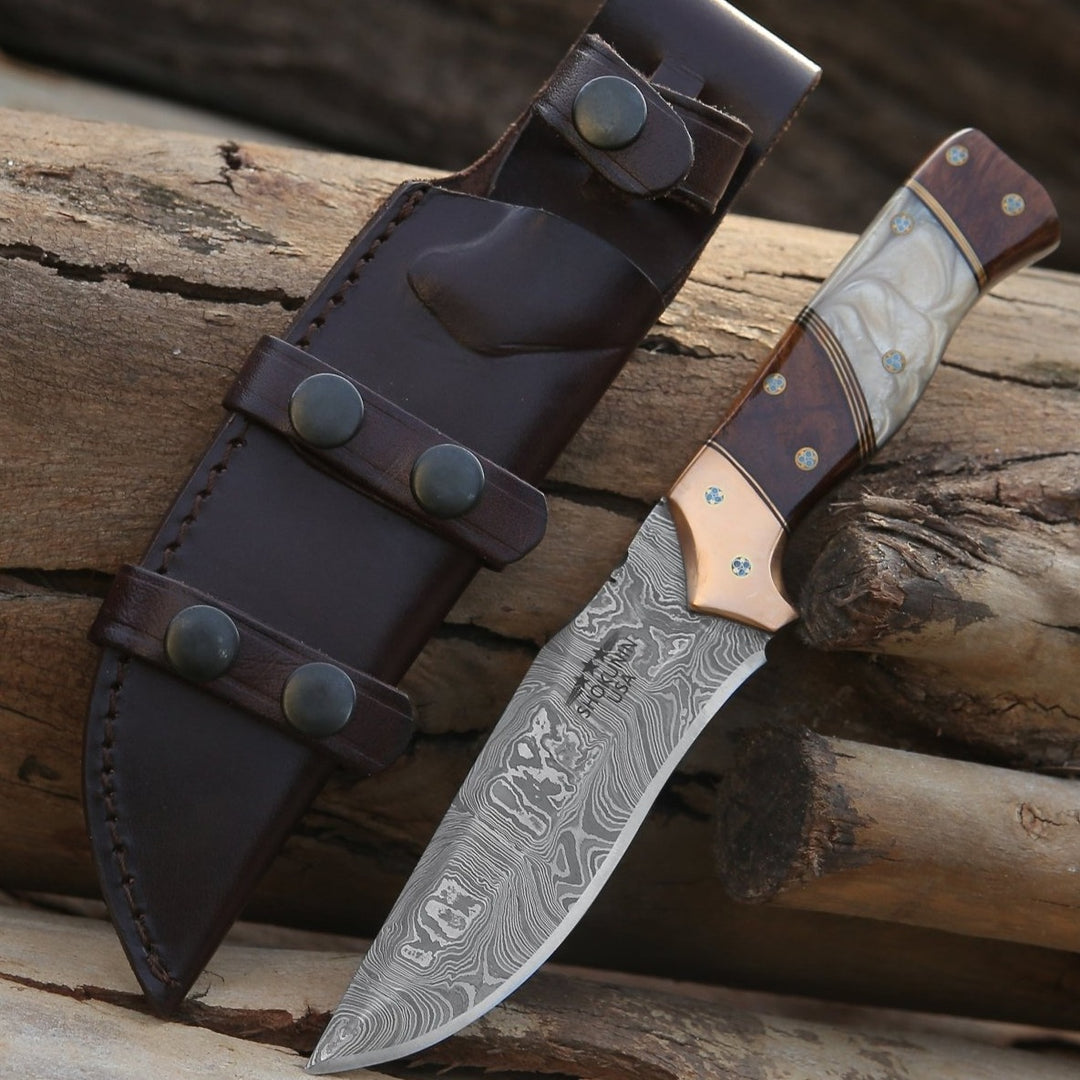
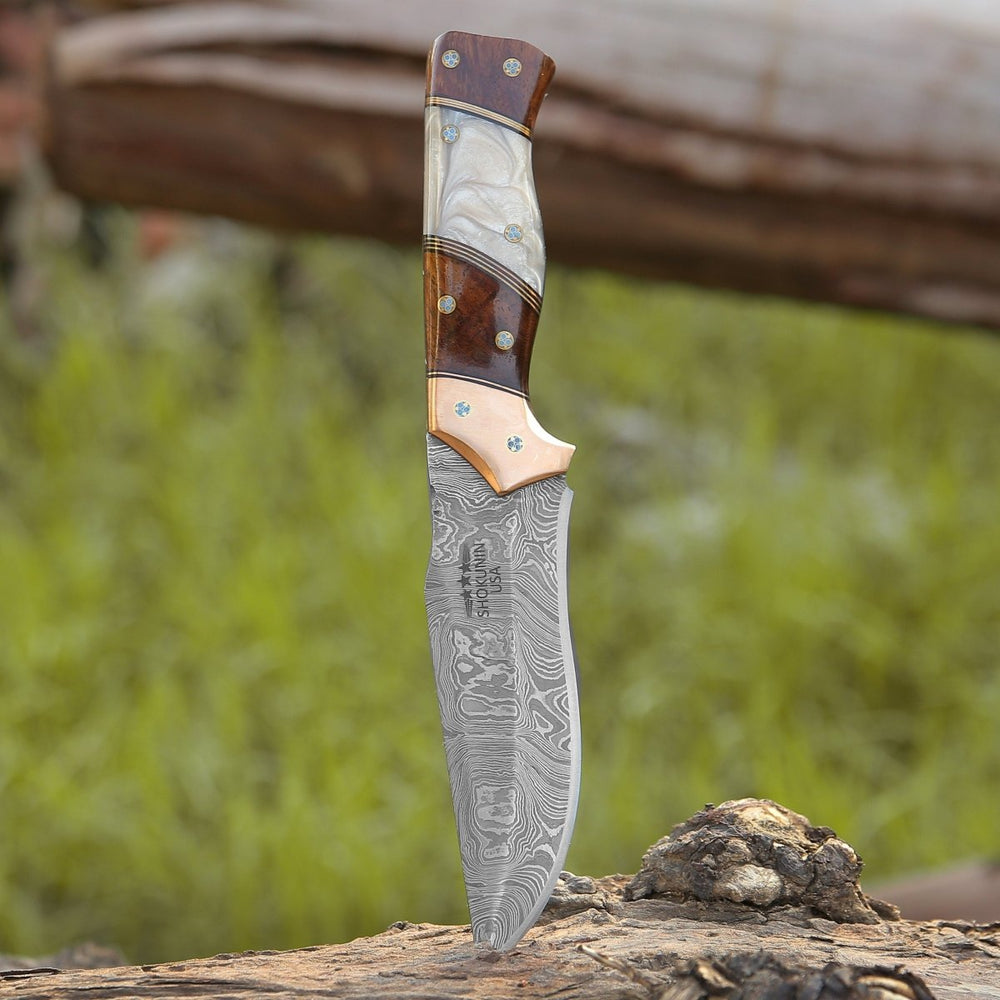
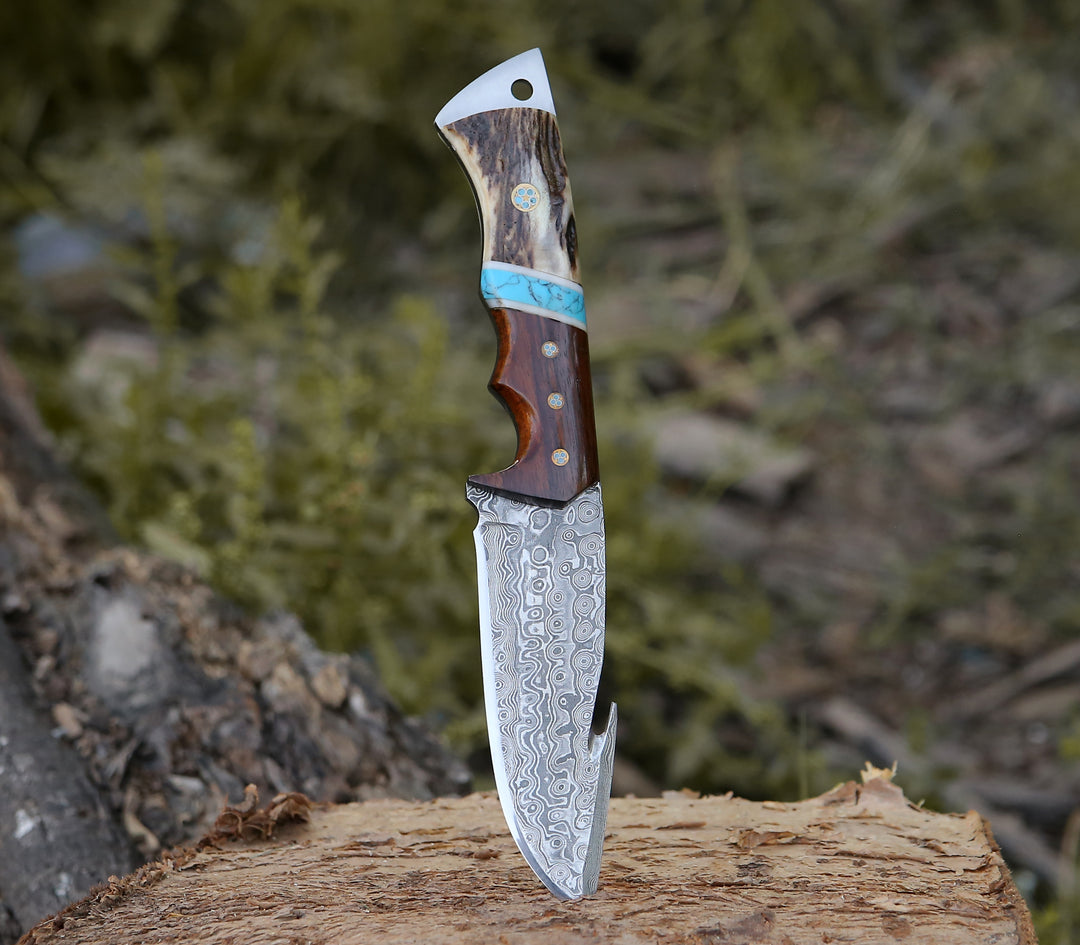
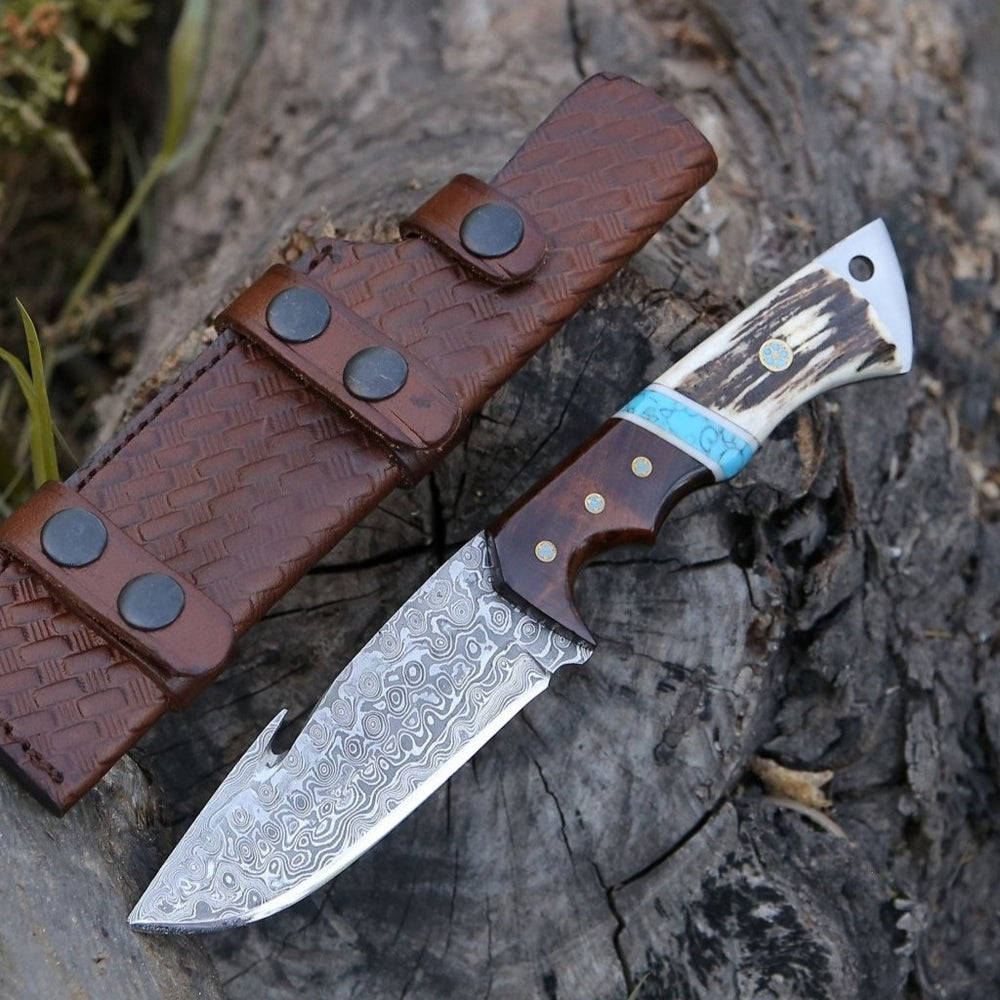
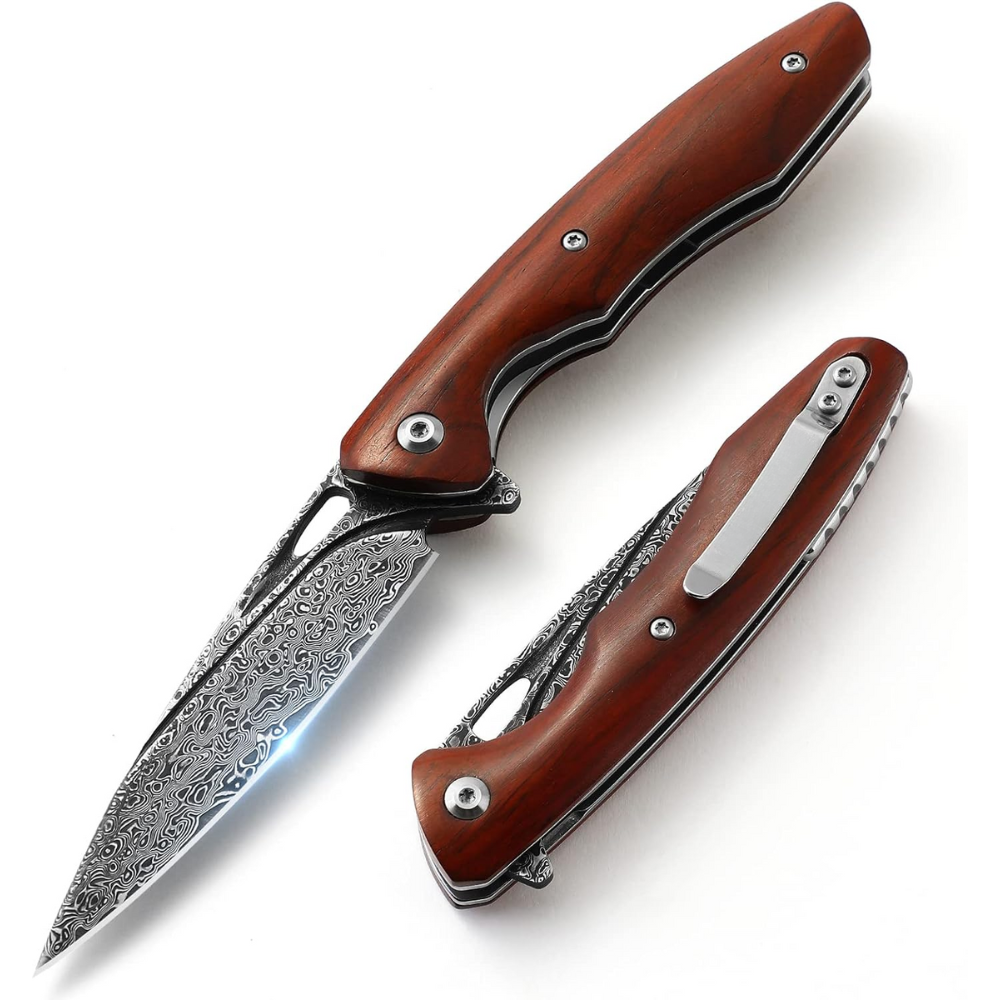

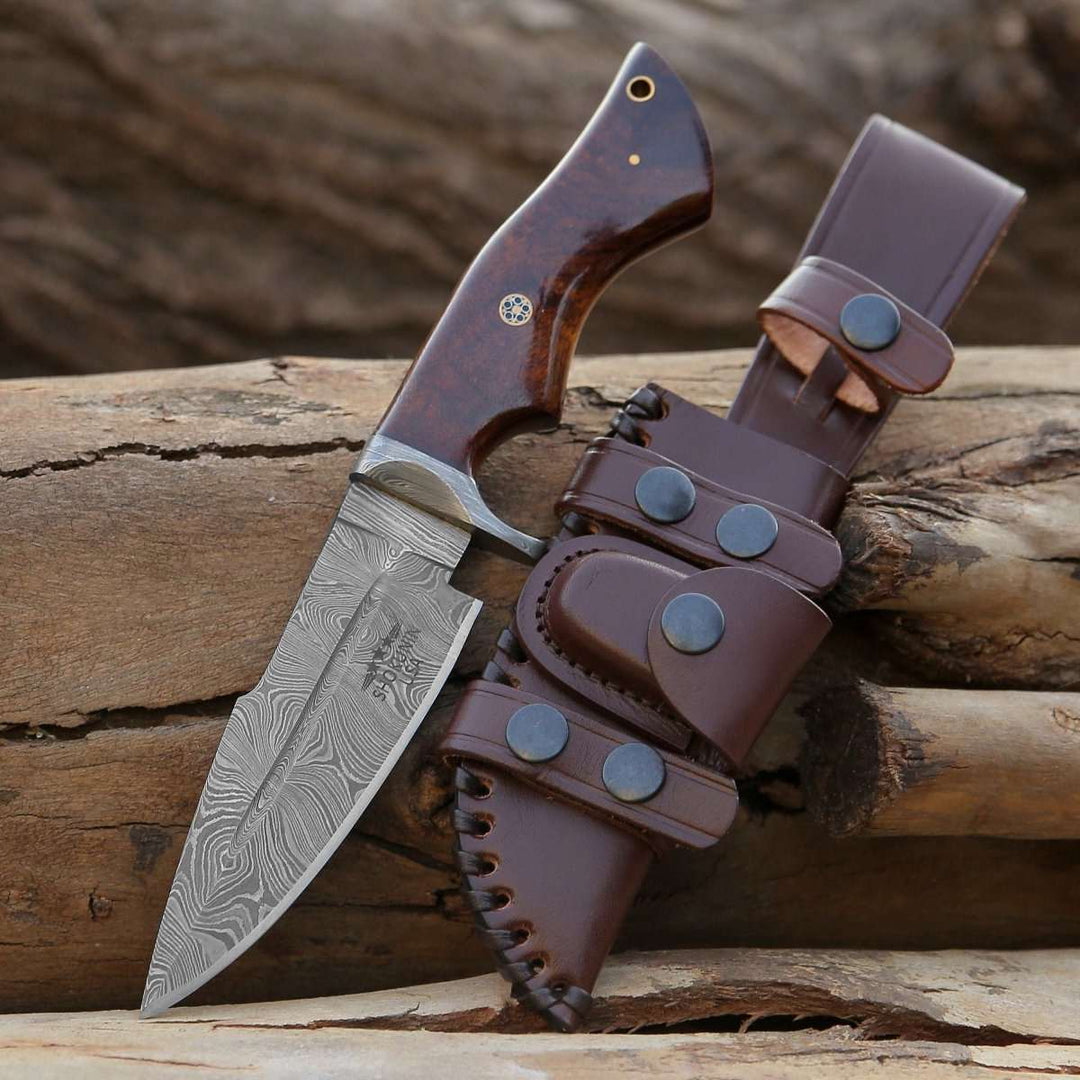
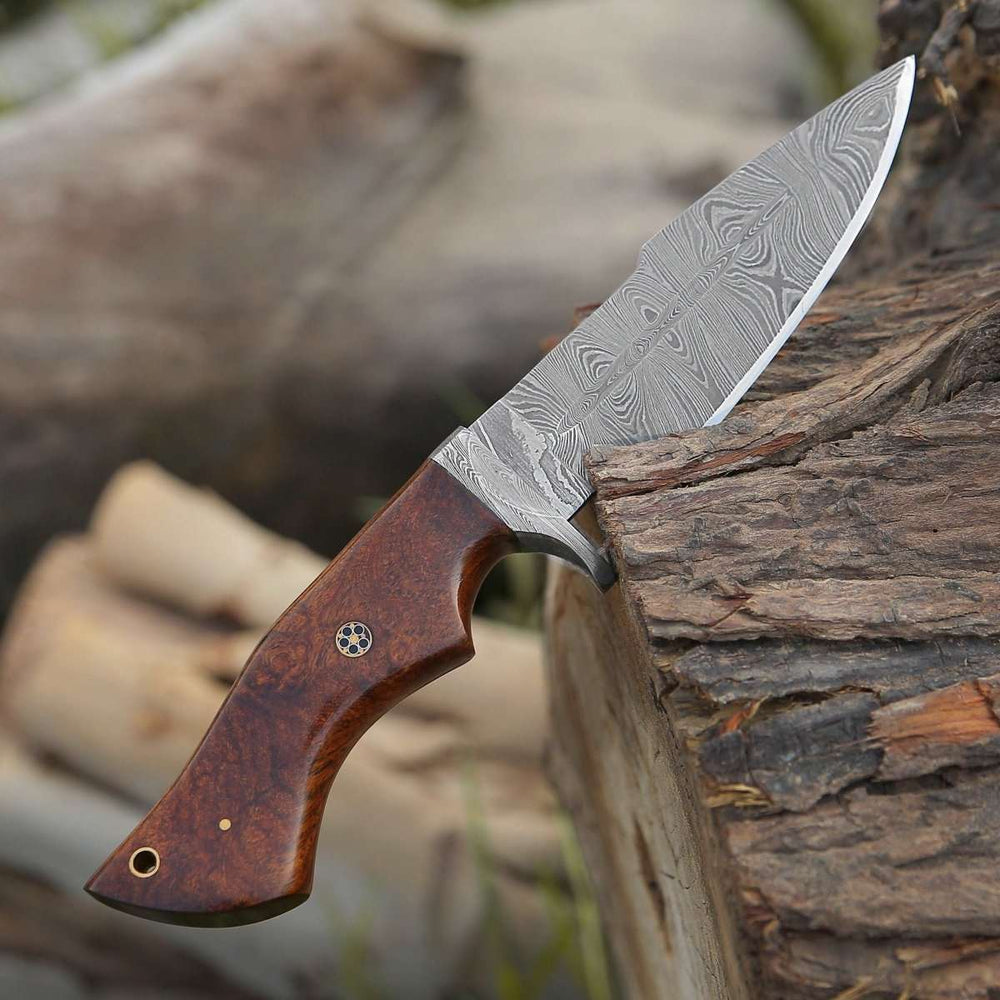
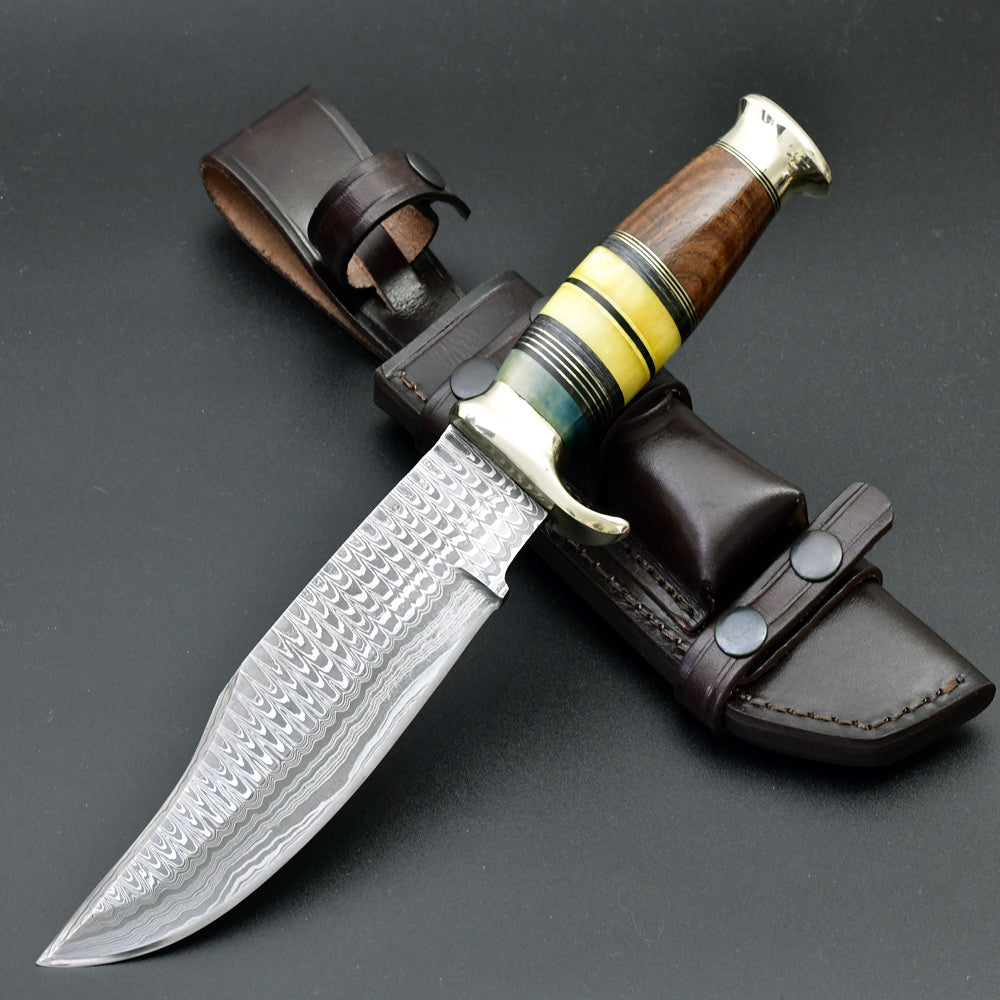
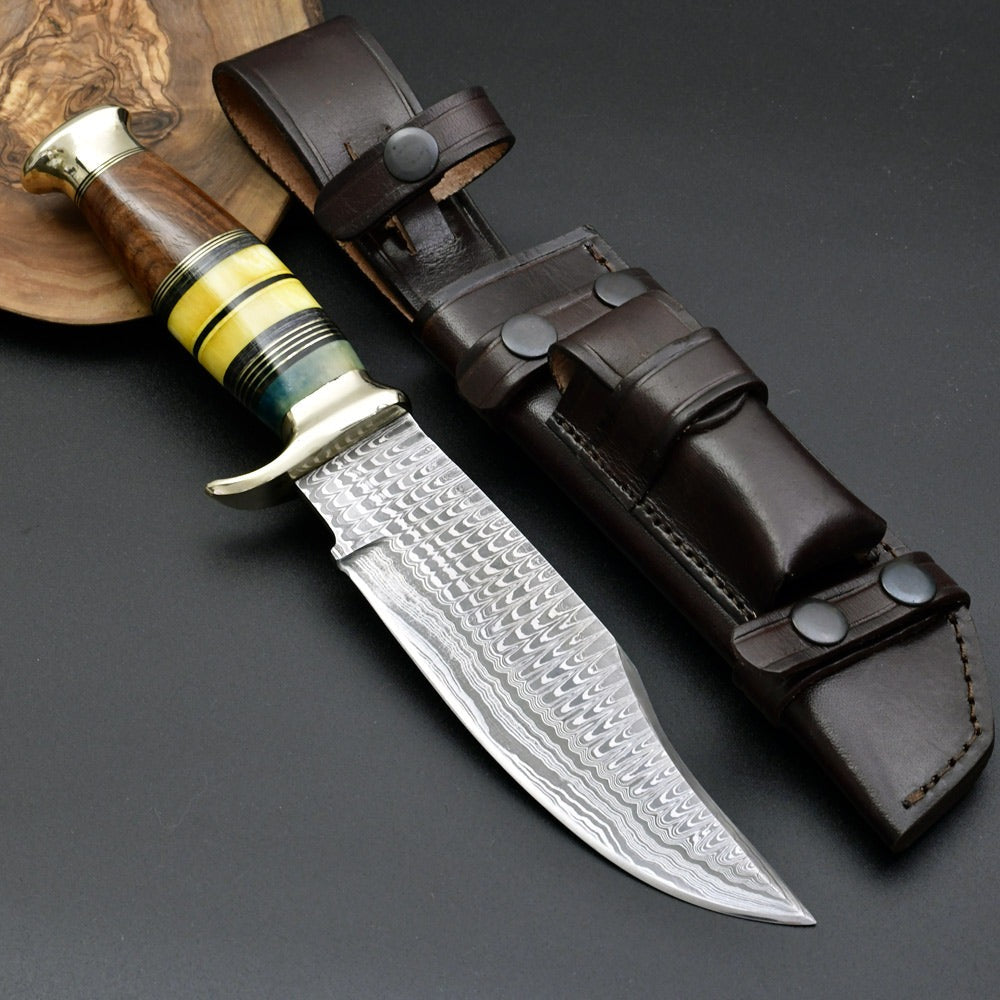
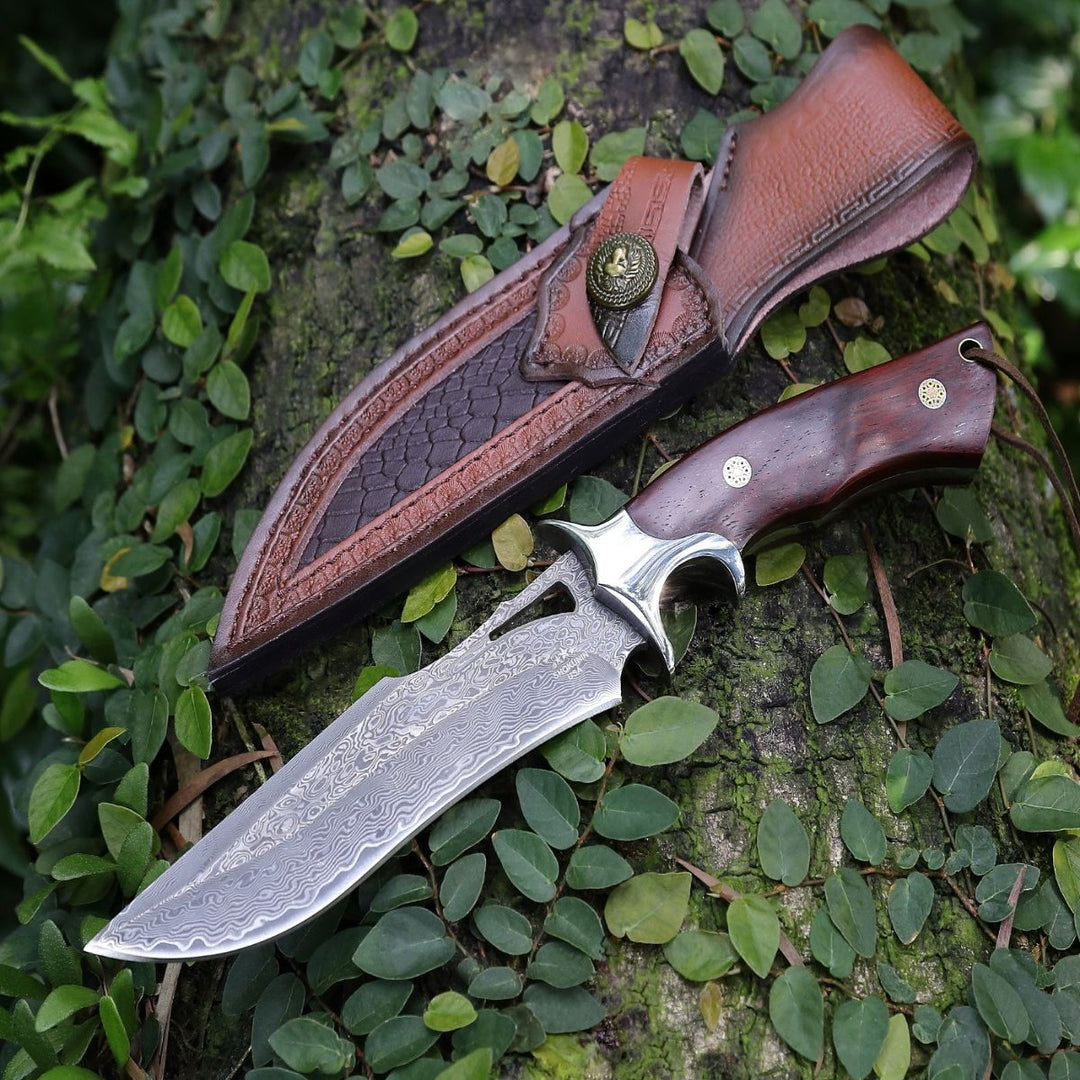
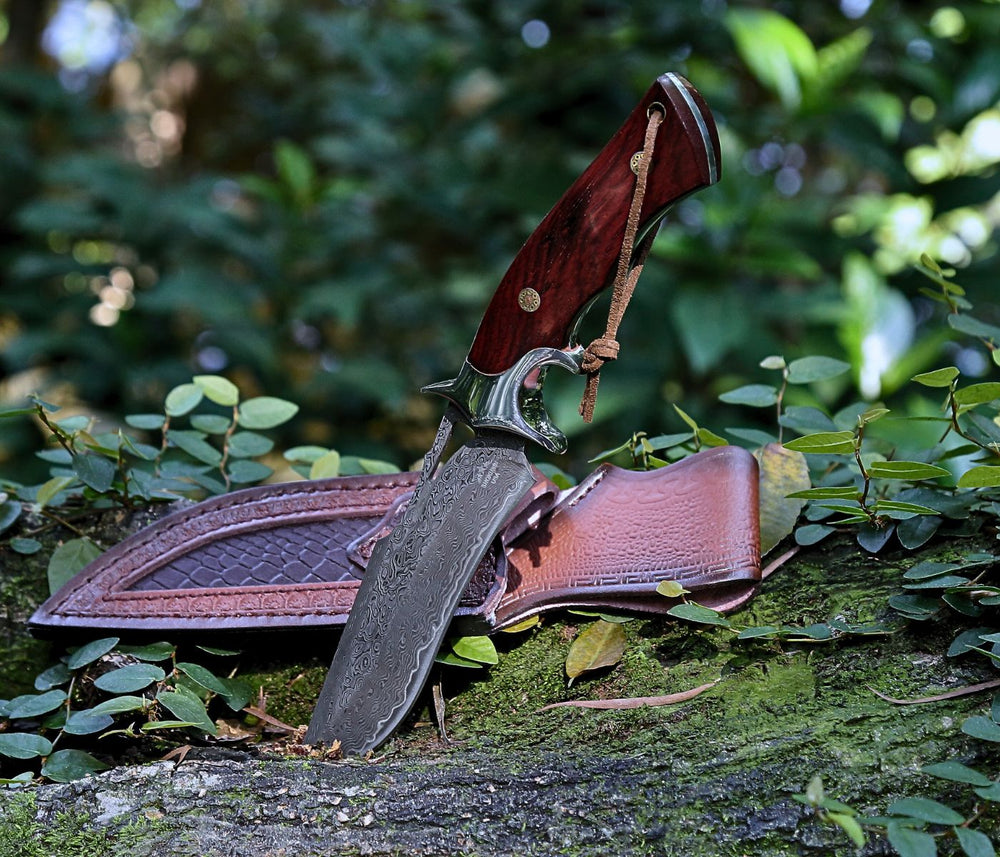
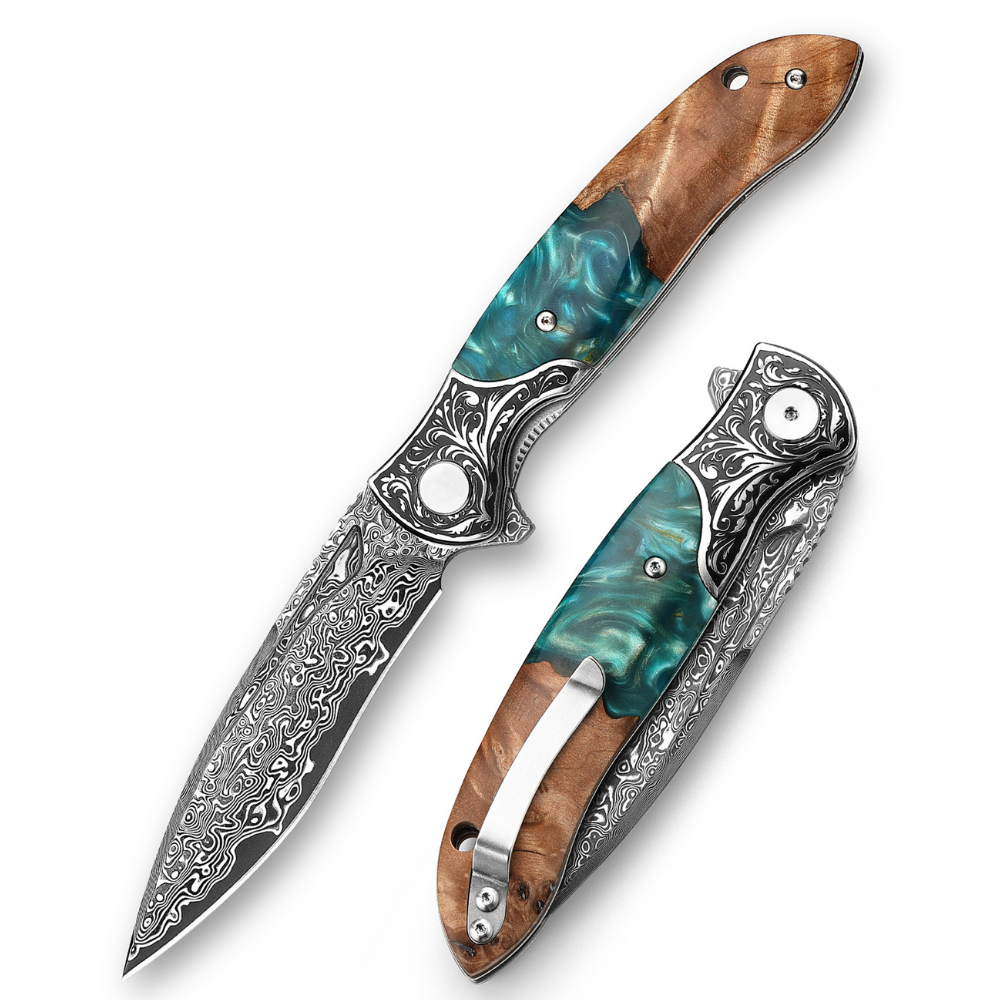
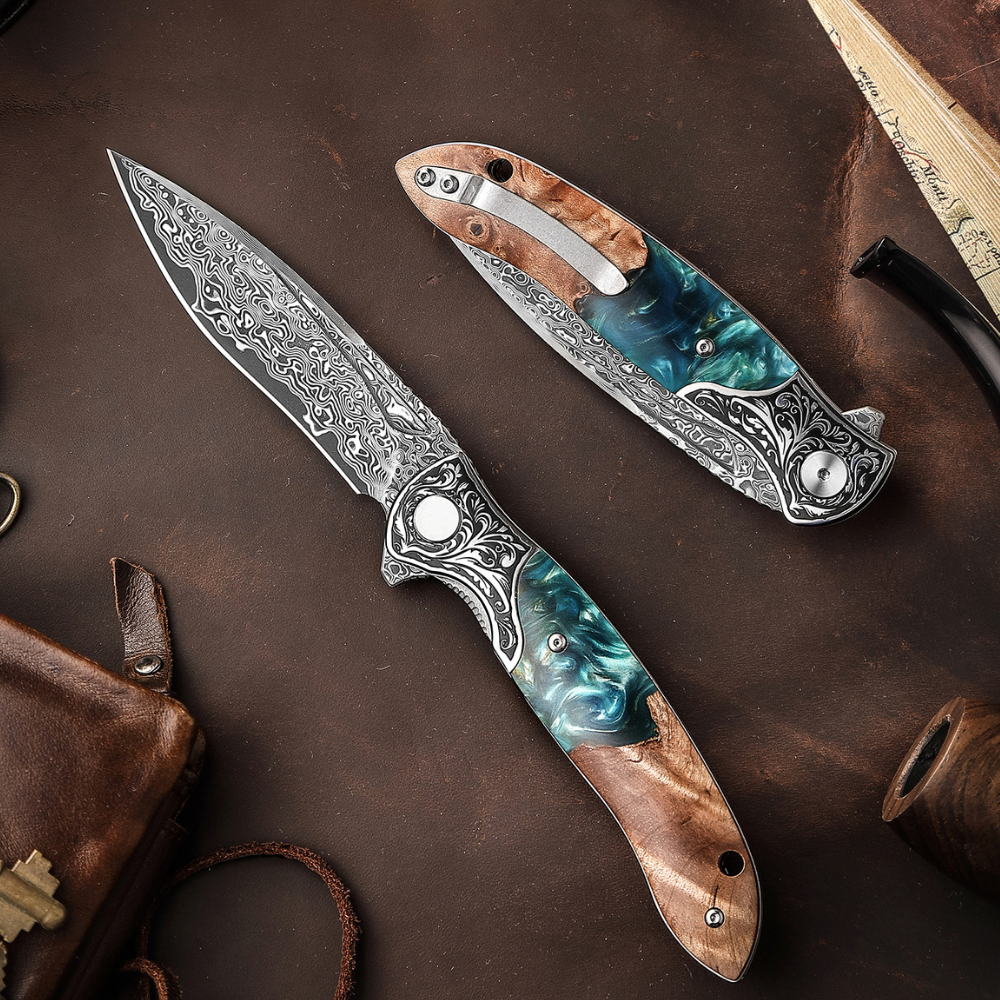
Leave a comment